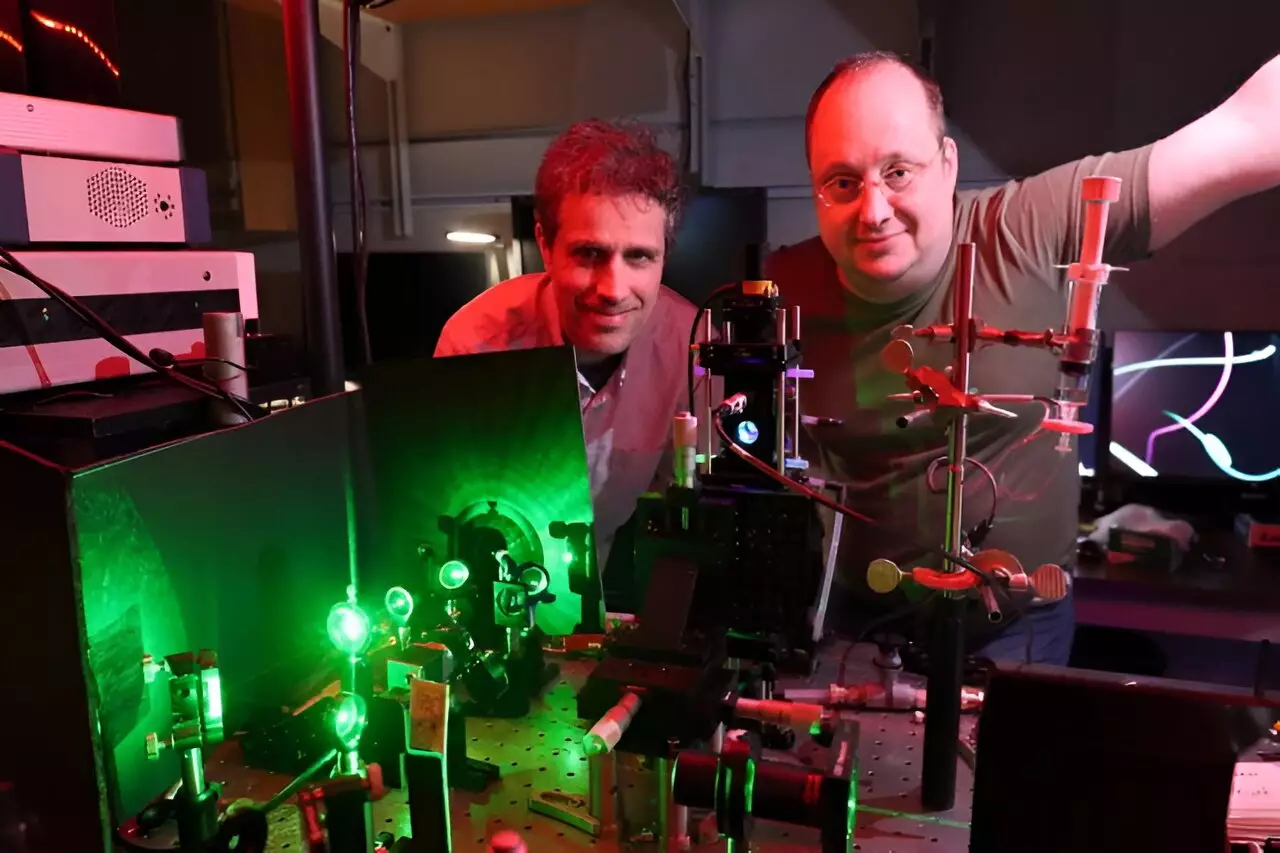In a groundbreaking discovery, a research team at the University of California, Irvine, uncovered a new way in which light interacts with matter, specifically in nanoscale silicon. This finding has the potential to revolutionize various technological advancements, including solar power systems, light-emitting diodes, and semiconductor lasers.
Silicon, being the second-most abundant element on Earth, plays a crucial role in modern electronics. However, its use in optoelectronics has been limited due to its poor optical properties. While silicon does not naturally emit light in its bulk form, porous and nanostructured silicon has been found to produce detectable light when exposed to visible radiation.
The origins of this phenomenon can be traced back to the early 20th century when scientists like Arthur Compton and C.V. Raman made significant discoveries in the interaction between light and matter. Compton’s work with gamma photons highlighted the momentum that light possesses, similar to that of electrons in solid materials. On the other hand, Raman’s research on visible light led to the discovery of the vibrational Raman effect, which revolutionized spectroscopy.
The research team at UC Irvine conducted experiments with nanoscale silicon crystals to demonstrate the interaction of visible light with semiconductor materials. By confining photons to nanometer-scale spaces in silicon, they were able to observe optical interactions at a level not previously understood. These experiments challenged conventional notions of light and matter interaction, highlighting the crucial role of photon momentum.
Implications and Future Applications
The discovery of photon momentum in disordered silicon opens up new possibilities for optoelectronics. By amplifying the interaction between electrons and photons in nanoscale silicon, researchers anticipate broadening the applications of conventional optical spectroscopies. This newfound property of light is expected to lead to advancements in structural studies and pave the way for innovative technologies in the field of optoelectronics.
The research conducted by the team at UC Irvine sheds light on the complex relationship between light and matter, particularly in nanoscale silicon. By exploring the origins of photon momentum and its impact on semiconductor materials, the study opens up new avenues for technological advancements and scientific discoveries in the field of optoelectronics.



Leave a Reply